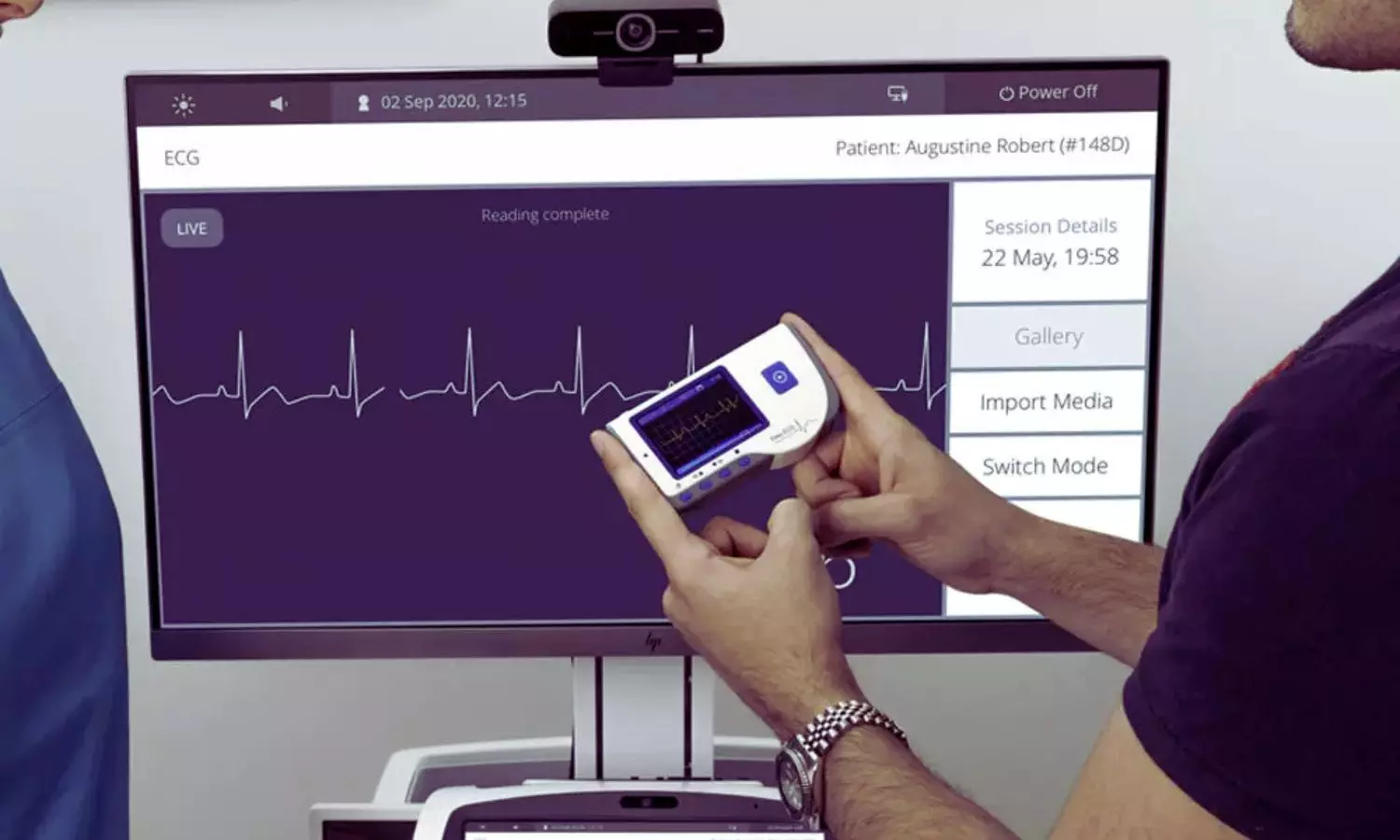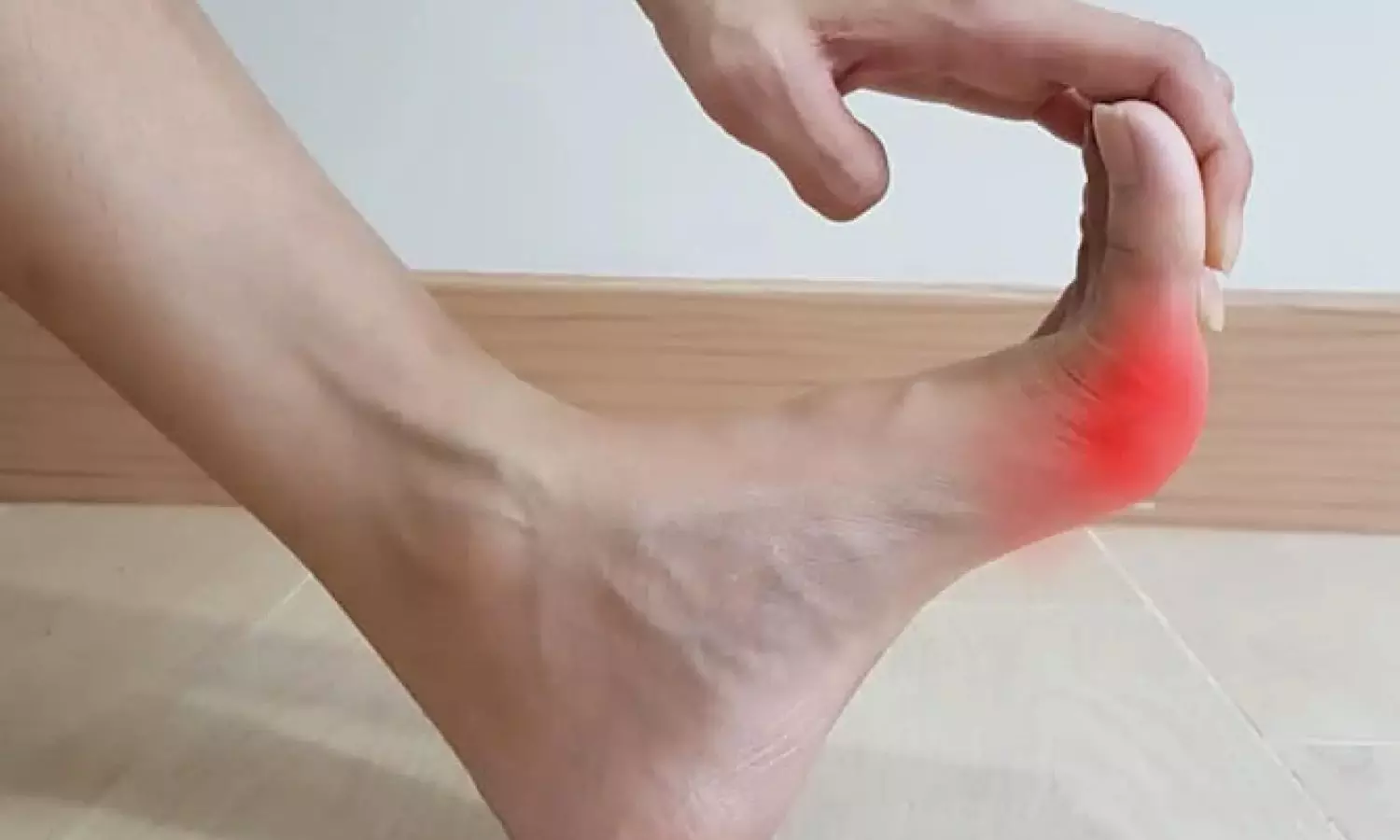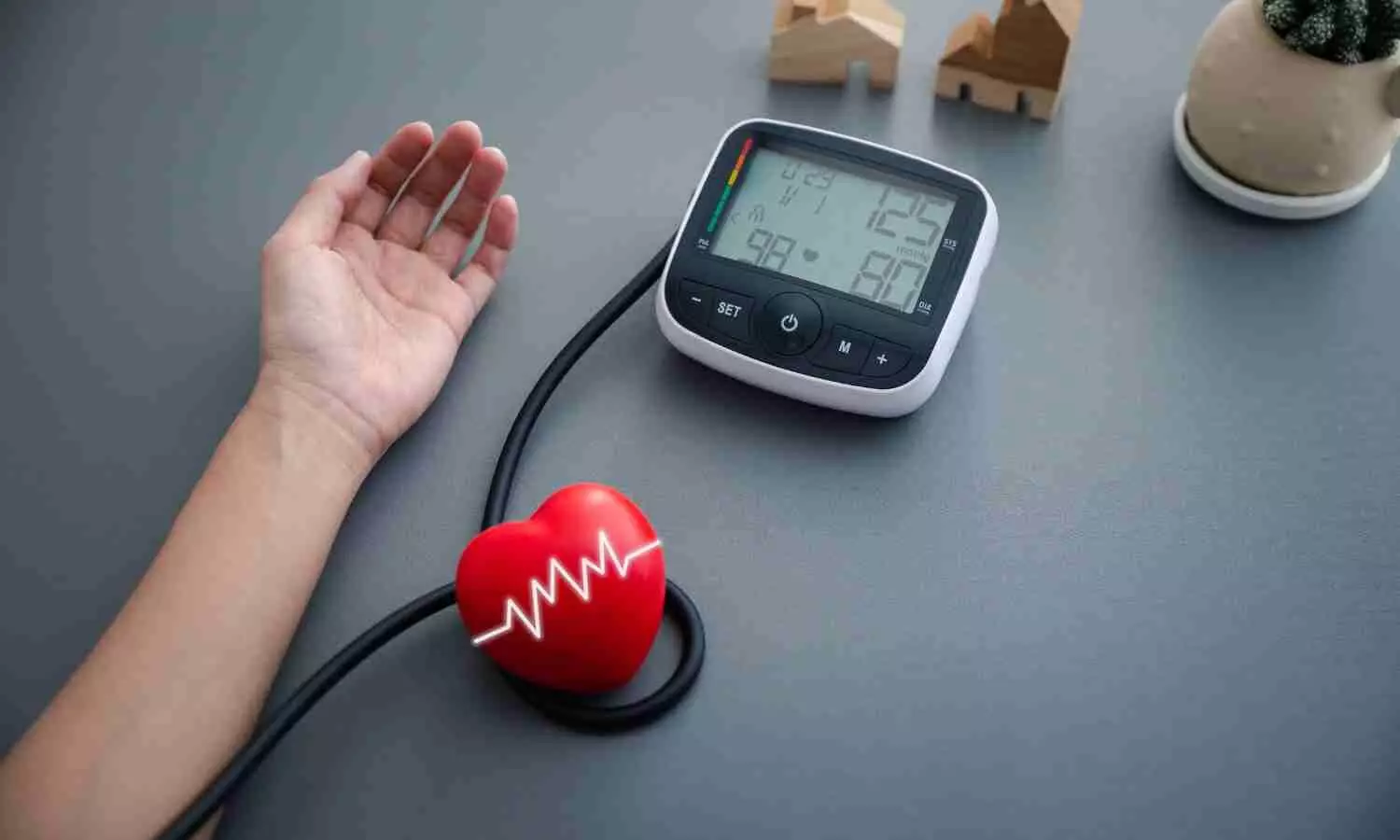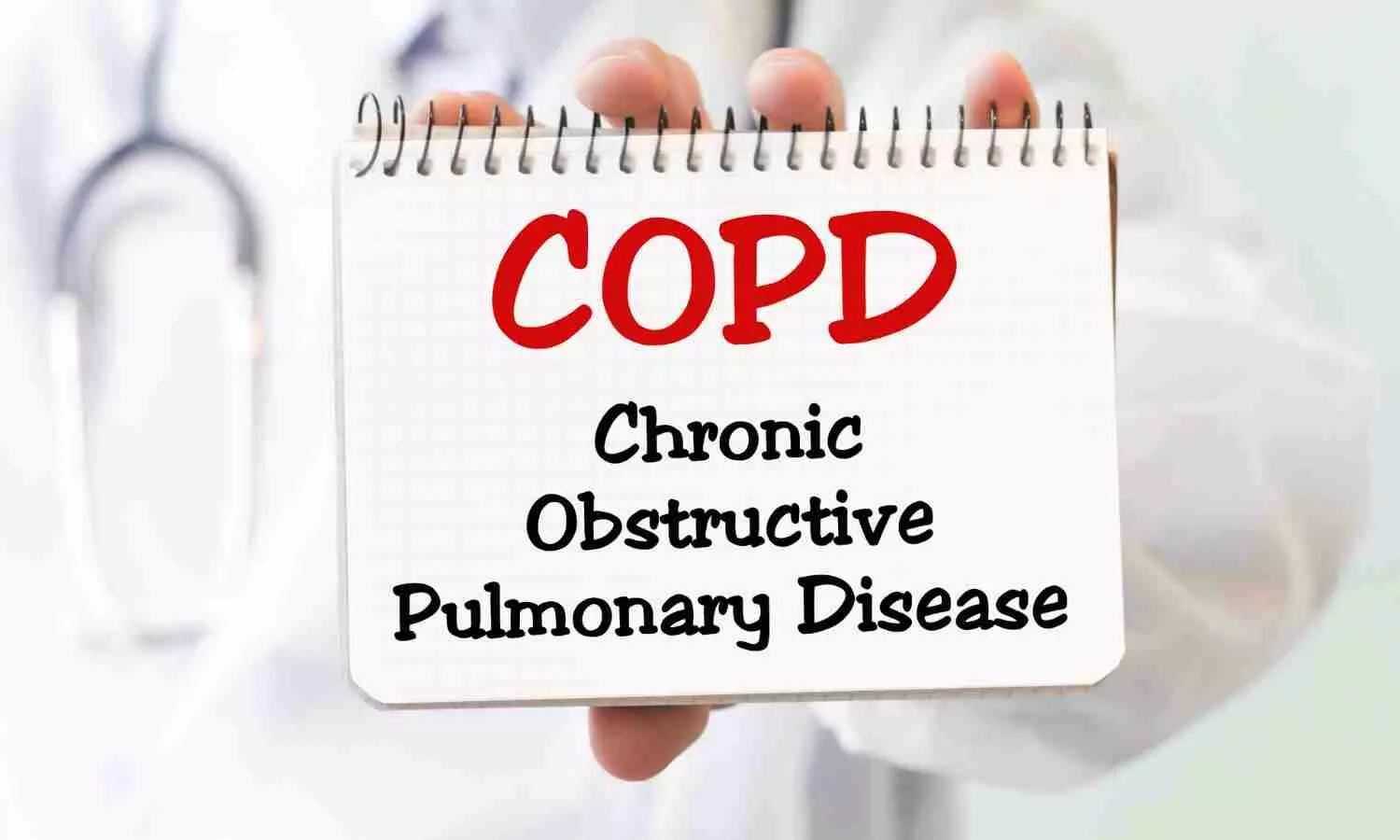
A therapist-guided digital cognitive behavioural therapy reduced distress in 89 per cent of participants living with long-term physical health conditions, a new King’s College London study finds.
Researchers at the Institute of Psychiatry, Psychology & Neuroscience (IoPPN) at King’s College London found that people living with long-term conditions who received the therapist-guided digital programme called COMPASS showed a significant reduction in psychological distress (a combined score of anxiety and depression) 12-weeks after starting the study.
194 patients were recruited via long-term condition charities, including Crohn’s & Colitis UK, Kidney Care UK, MS Society, Shift.ms and Psoriasis Association in the UK. Half of the participants received the COMPASS programme and the other half did not. Both groups continued to access their usual charity support.
Overall, 89 per cent of participants who received COMPASS showed a clinically significant improvement in distress, compared to 45 per cent of those who did not have access to the programme. Alongside improvements in anxiety and depression, COMPASS was also associated with improved ability to undertake daily activities, reduction in illness-specific distress and better quality of life.
An estimated 15.4 million people in England have one or more long-term physical health conditions. 30 per cent of these individuals also have a co-occurring mental health condition. The study, published in Psychological Medicine, is the first randomised controlled trial to measure the effectiveness of COMPASS for managing anxiety and depression related to living with a long-term condition.
The research was part-funded by the National Institute for Health and Care Research (NIHR) Maudsley Biomedical Research Centre.
Dr Federica Picariello, post-doctoral health psychology research associate at King’s IoPPN and joint first author of the study, said: “Currently, the main treatments for anxiety and depression in people with long-term physical health conditions are psychotherapies, such as cognitive behavioural therapy, combined with medication. However, growing evidence shows that NHS Talking Therapies services are less effective for people with long-term physical health conditions. This may be because the challenges of living with the long-term physical health condition are often not central to the treatment approach. Our study shows that COMPASS offers an effective and potentially scalable intervention for people whose long-term physical health condition is, in fact, the key driver for their anxiety and/or depression.”
Developed with the support of the Mind and Body Programme at King’s Health Partners, COMPASS adapted standard cognitive behavioural therapy (CBT) protocols to integrate mental and physical health needs and specifically address the challenges of living with a long-term health condition. Using interactive pathways tailored to the individual’s needs, the programme helps people manage their symptoms of anxiety and depression alongside building strategies to manage stressors associated with living with a long-term condition, such as relapses or unpleasant treatments.
Dr Katrin Hulme, post-doctoral health psychology research associate at King’s IoPPN, and joint first author of the study, said: “This trial is the culmination of several years of work, starting in 2018; throughout the project, we developed the COMPASS programme and training for therapists, conducted user testing, got regulatory approval, launched in healthcare clinics and conducted this trial. The valuable insights of our patient and clinician representatives helped us create an online programme specifically tailored to help people manage the challenges that can come with living with a long-term health condition, and support healthcare services in addressing this unmet need.”
After 12 weeks, during which participants could complete any of the 11 interactive digital COMPASS sessions as home and receive up to five 30-minute support calls with their therapist, patients who received COMPASS reported greater improvements in most outcomes compared to those who did not have access to the programme.
Simon Brodie, a participant in the study said: “As a person with Multiple Sclerosis, my life had changed significantly as a direct result of my diagnosis. Due to thankfully being part of the COMPASS trial, I feel empowered and confident to deal with changes and emotions that life throws at you as a person with a long-term condition. COMPASS directs you to areas of your life you’d like to improve and explore by enabling skills, providing supported tools to guide you with along your journey. I highly recommend to those in the MS community as a best practice.”
As the treatment can be administered remotely, the study authors suggest an efficient delivery pathway could be through a national hub linked to self-referral through charities or the NHS, rather than setting up within each regional primary or secondary health service with limited resources. This delivery pathway could alleviate the demand on charities who already provide some essential support services and enable them to facilitate access to further specialised treatment.
The findings highlight that the use of digital interventions, such as COMPASS, which place the long-term physical health condition at the centre of treatment for anxiety and depression, are effective, scalable, and can be delivered with minimal therapist time.
Senior author, Professor Rona Moss-Morris, Digital Therapies theme lead at NIHR Maudsley BRC and Professor Psychology as Applied to Medicine at King’s College London, said: “Accessing psychological therapies which are tailored to the needs of people with long-term conditions is challenging for both the patient (due to time, travel, and/or mobility) and healthcare providers (due to treatment costs and availability of adequately trained therapists). As a CE-marked digital therapy with minimal therapist input, COMPASS offers a potential solution to overcome some of these challenges, whilst being an effective intervention to reduce psychological distress.”
Reference:
Picariello F, Hulme K, Seaton N, et al. A randomized controlled trial of a digital cognitive-behavioral therapy program (COMPASS) for managing depression and anxiety related to living with a long-term physical health condition. Psychological Medicine. Published online 2024:1-14. doi:10.1017/S0033291723003756.












